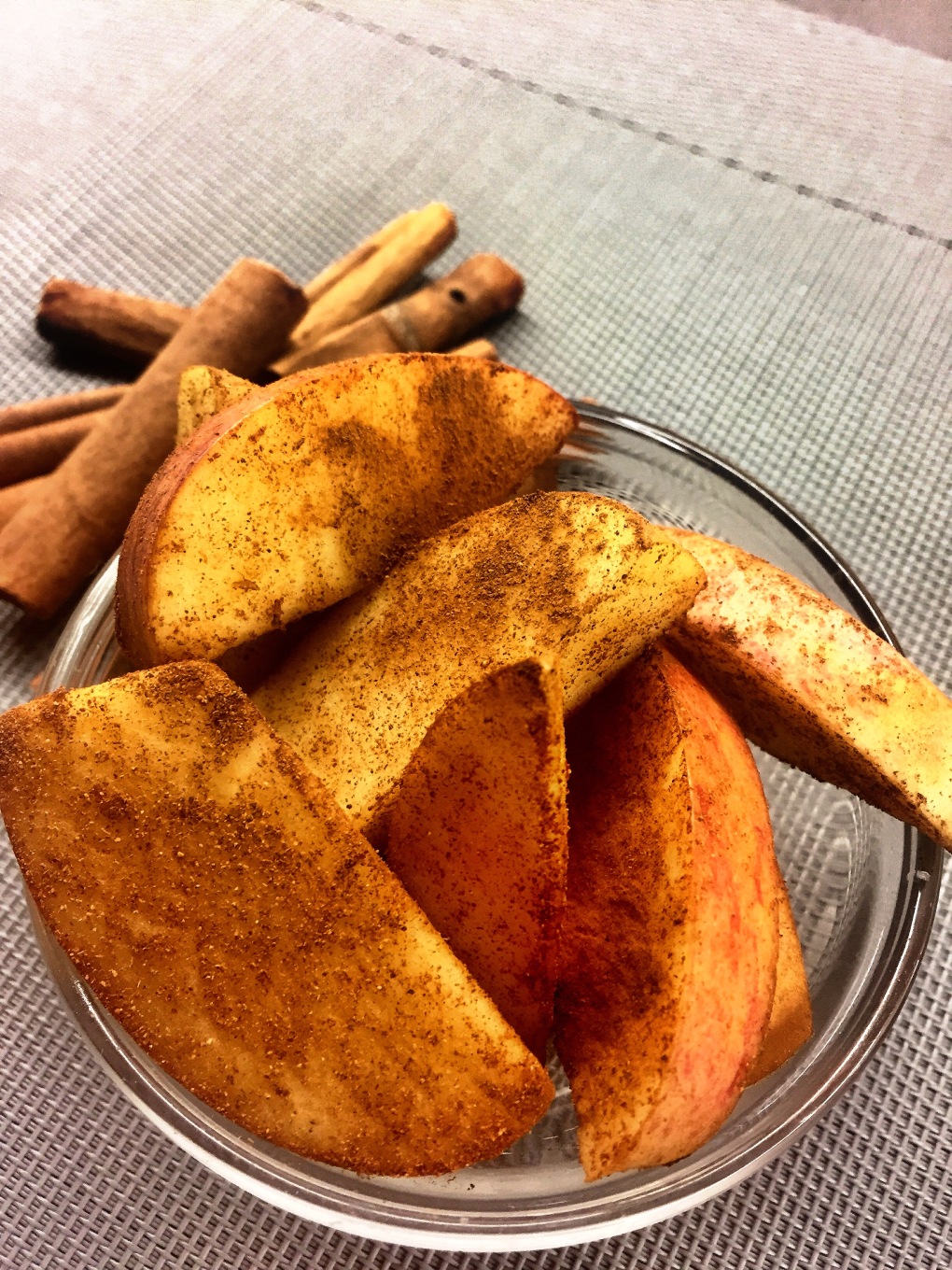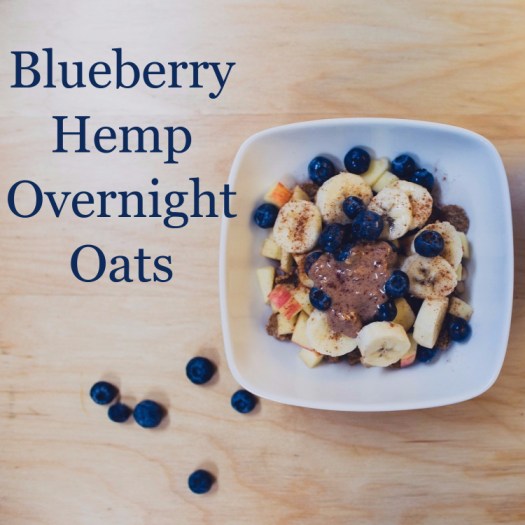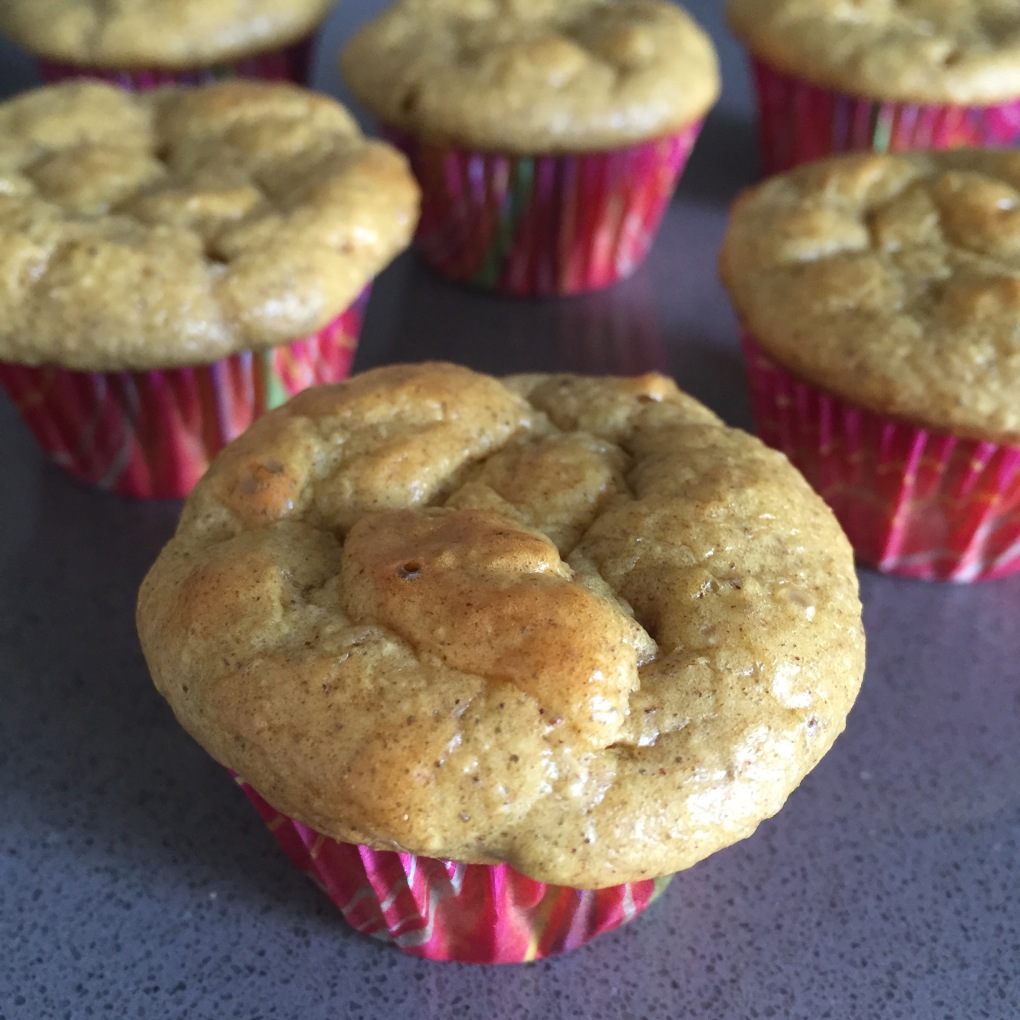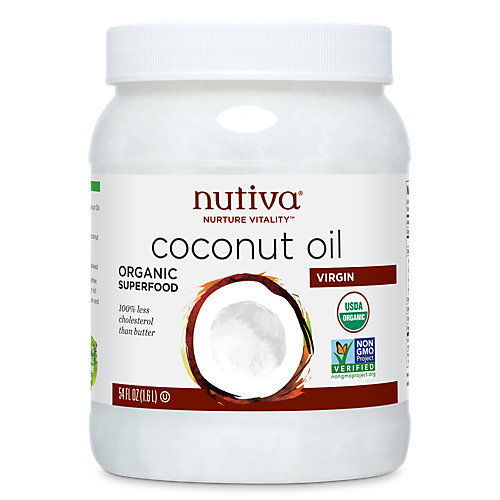Oh, the words “blood sugar.”
Does it conjure up visions of restrictive eating, diabetes medications, or insulin injections? Or, does it mean absolutely nothing to you?
Blood sugar is the measure of the amount of sugar in your blood. You need the right balance of sugar in your blood to fuel your brain and muscles….basically to function as a human!
The thing is, it can fluctuate. A LOT.
This fluctuation is the natural balance between things that increase it; and things that decrease it. In the most simple of explanations, when carbs are ingested and broken down into simple sugars, your body keeps blood sugar levels stable by secreting insulin. Insulin allows excess sugar to get out of your bloodstream and into your muscle cells and other tissues for energy.
But why keep your blood sugar stable? Does it even matter?
Your body is always seeking homeostasis (back to high school science with that term, lol) and therefore wants your blood sugar to be at an optimal level. It should be high enough, so you’re not light-headed, fatigued (mid-afternoon slump), and irritable. And, it should be low enough that your body isn’t scrambling to remove excess from the blood. Homeostasis. That’s the goal.
Okay, we’re going to get slightly technical but I want you to stay with me because this information is important. Ready?
When blood sugar is too low, this is referred to as “hypoglycemia.” When blood sugar is too high, it is referred to as hyperglycemia. Prolonged periods of elevated blood sugar levels (chronic hyperglycemia) can lead to “insulin resistance.” This means your cells are just so bored of the excess insulin constantly floating around that they start ignoring (resisting) it, and that keeps your blood sugar levels too high. It’s like the boy who cried wolf. He set off so many false alarms about the wolf that when the wolf came, no body else did. With insulin resistance, your cells do the same thing!!!
Insulin resistance and chronic hyperglycemia can eventually lead to diabetes. And a whole host of other health related problems that are best avoided.
So let’s look at how you can optimize your food and lifestyle to keep your blood sugar stable. And keep you human.
4 simple steps you can take to help balance your blood sugar are:
- Reduce the number of refined sugars and starches you eat. To do this, you can start by dumping sweet drinks, overabundance of starchy carbohydrates, candy and having smaller portions of dessert (or only having one set night during the week where you have dessert. In our house, Sunday is our dessert night. The kids put in their request and I do my best to honour it. Not only do they appreciate and savour the dessert, but they’ve come to understand that dessert isn’t something to eat on a daily basis.)
- Eat more fibre. Fibre helps to slow down the amount of sugar absorbed from your meal; it reduces the “spike” in your blood sugar level. Fibre is found in plant-based foods (as long as they are eaten in their natural state, processing foods can reduce or remove fibre). Eating nuts, seeds, and whole fruits and veggies (not juiced) is a great way to increase your fibre intake.
- Eat more protein. Like fibre, protein slows down the amount of sugar absorbed from your meal. It also helps keep you feeling full and satiated. Protein sources include beef, poultry, pork, fish and some legumes.
- Eat more fat (the good kind). Consuming foods like avocadoes, coconut oil, butter, olive oil, fish oil, flax seed oil, hemp oil are not only good for you, but will also help to keep your blood sugar stable.
FUN FACT: Cinnamon has been shown to help cells increase insulin sensitivity. Not to mention it’s a delicious spice that can be used in place of sugar. (HINT: It’s in the recipe below)
Besides making changes to your nutrition, there are also lifestyle changes you can implement to help balance blood sugar.
- Exercise. Get your body moving on a regular basis. It helps to improve your insulin sensitivity; so that your cells don’t ignore insulin’s call to get excess sugar out of the blood. Not to mention, when you exercise, your muscles are using up that sugar they absorbed from your blood. That makes exercise a WIN-WIN!
- Reduce stress. Would you believe that stress affects your blood sugar levels? Yup! Stress hormones increase your blood sugar levels. If you think about the “fight or flight” stress response, what fuel do your brain and muscles need to “fight” or “flee”? Sugar (glucose)! When you are stressed, signals are sent to release stored forms of sugar back into the bloodstream, thereby increasing blood sugar levels. So, try to reduce the stress you’re under or manage it more effectively.
- Sleep goes hand-in-hand with stress. When you don’t get enough quality sleep, you tend to release stress hormones, have a higher appetite, and even get sugar cravings (yes, yes and YES! I’ve personally not been getting alot of sleep lately and I WANT ALL THE BREAD and CHOCOLATE). Sleep is a crucial, often overlooked, factor when it comes to keeping your blood sugar stable. Making sleep more of a priority – will do your blood sugar (and mental health) good.
Your body is on a constant 24-hour quest to keep your blood sugar stable. Its always looking for homeostasis….it’s little piece of Zen. The body has mechanisms in place to do this, but those mechanisms can get tired and lazy if you constantly overload your system. And those long-term blood sugar issues can spell trouble! Minimizing exposure to excessive starchy or refined carbs, and eating more fibre, protein, and fat, while also incorporating exercise, reducing stress, and improving sleep are all key to having stable blood sugar (and overall good health).
Recipe: Cinnamon Apples

Serves 4
Ingredients:
- 2 apples, chopped
- ½ tsp ground cinnamon
Directions:
- Slice apples
- Place them in a bag or bowl with lid
- Add cinnamon
- Shake to coat
- Take a bite and enjoy the deliciousness
Tip: Keeping the peel on increases the fibre content, which is even better for stabilizing your blood sugar.







